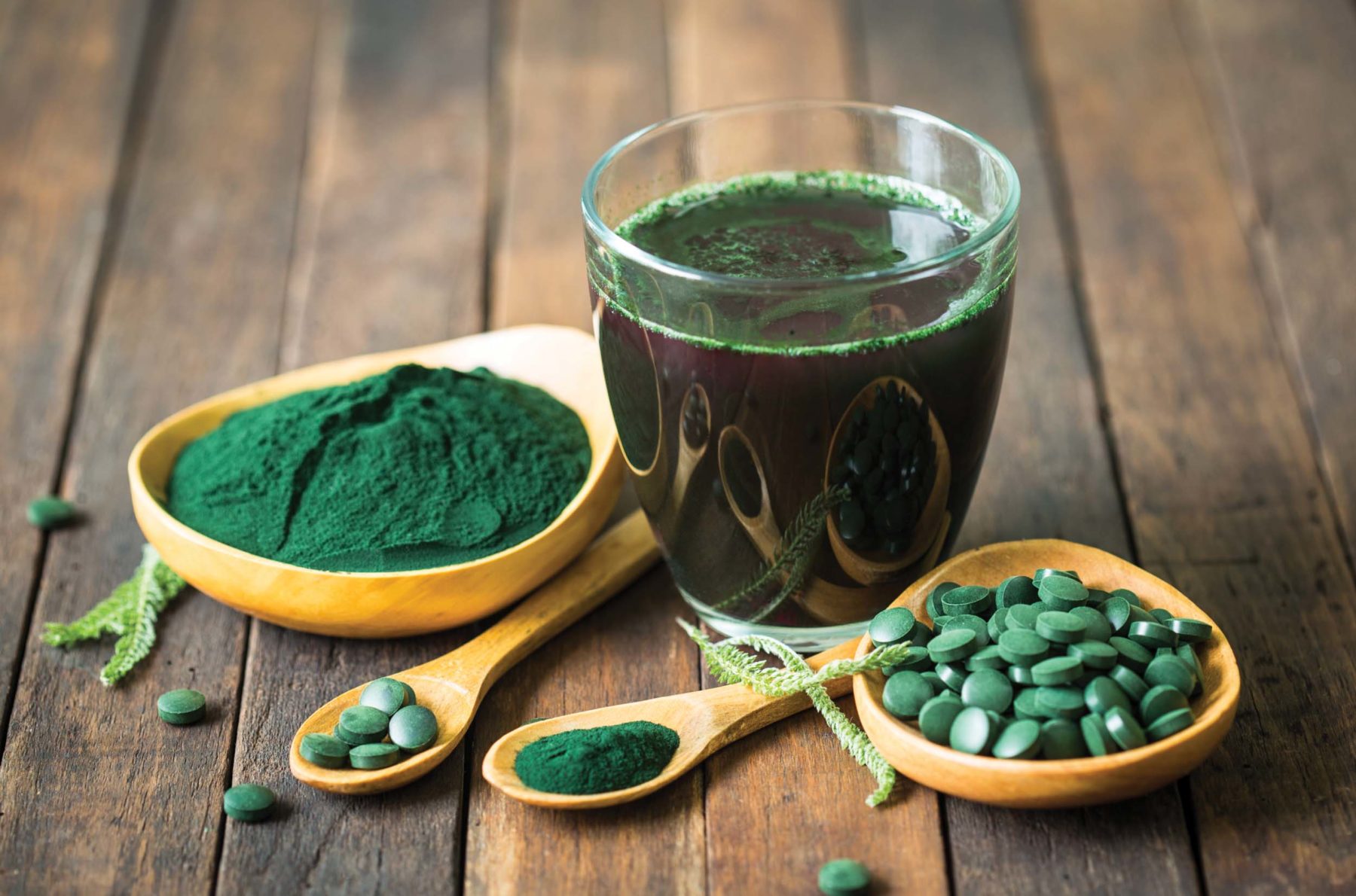Blue Algae & The Folly of Food Trends

Algae has been consumed by humans for centuries both as food and medicine. However, popularity for this nutritious ingredient has increased in the past few years, trending alongside a growing use of herbal supplements and ailments. Two main types of algae have appeared in these trends: red and blue-green algae.
What is algae?
Algae are unicellular and multicellular eukaryotic and photosynthetic organisms found in aquatic environments. These eukaryotic organisms include red algae. However, the general term “algae” typically also includes tiny prokaryotic unicellular organisms called cyanobacteria or blue-green algae. The most common form of blue-green algae is spirulina. In the current world of COVID-19, bacteria may create a negative, worrisome reaction; however, numerous types of bacteria can be beneficial and essential to our body’s health. The diet and food industries have seen algae utilized as a buzzword in smoothie and juice shops, vitamin and supplement suppliers, and social media.
What are the supposed benefits and concerns of algae?
A majority of the claims surrounding algae as a supplement focus on beneficial properties such as anti-inflammatories, antioxidants, immune system boosting and more. Food influencers will assert that red algae specifically boosts healthy, glowy skin by blocking UV rays and retaining moisture. They also contend that blue-green algae protects against high blood pressure, lowers the risk of cancer and supports muscular health. These properties could be attributed to algae’s abundance of amino acids, fibers, sulfated polysaccharides and more. However, the primary concern regarding these claims is the lack of research.
“Spirulina and algae, in general, is a really new supplement so there’s not a lot of research on it. It’s very preliminary,” says Linda Steinhardt, a sports and exercise dietitian from KP Nutrition Therapy.
Unlike the broad research on supplements such as vitamin D or iron, algae lacks research on its effects on the human body. Information about the amount of dosage, the form of dosage, the timing of dosage and more have yet to be investigated. Furthermore, the supplement industry is not as regulated as the food industry may be.
“If you want to take spirulina, take spirulina but get it from a third-party tested source so you know that what’s in the bottle is what you paid for,” Steinhardt says.
What about other food trends besides algae?
Before incorporating any new supplement or trend into your diet, Steinhardt recommends taking food trends with a grain of salt, investing time into researching information from accredited sources, and speaking with a healthcare professional such as a doctor or dietitian.
“There will always be a new [food trend],” Steinhardt says. “It’s understandable why people will want to jump on a new trend because [influencers] often use buzzwords with food trends to get people to purchase them.”
Before looking for a supplement or any marketed dieting trend, consumers need to consider the larger picture outside of their diet. Certain symptoms like low energy can be attributed to other social and lifestyle factors such as getting enough sleep, eating enough food and having balanced food groups. Anything that is too good to be true most likely is.
“It’s a billion dollar industry; let’s pause and ask if they have my interests in mind,” Steinhardt says. “[Have] the autonomy to say, ‘Hey, I know what’s best for my body.’”






